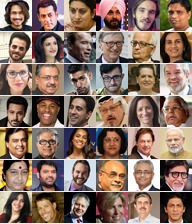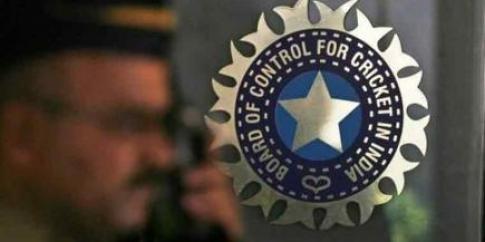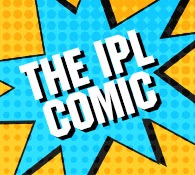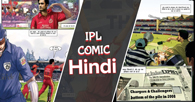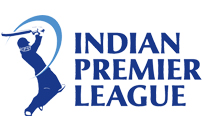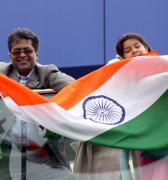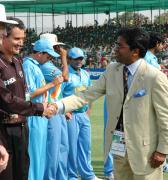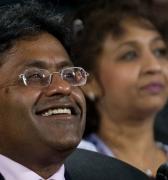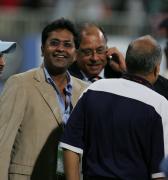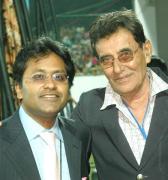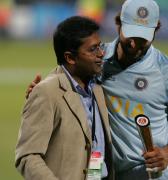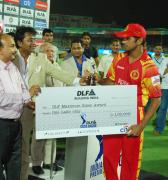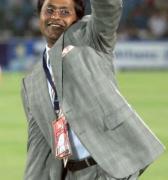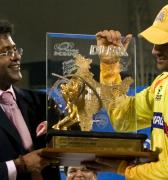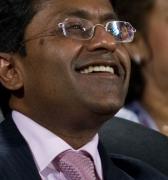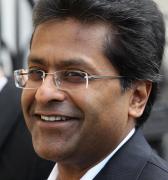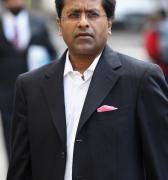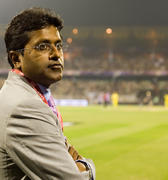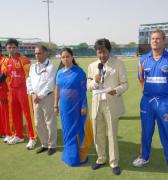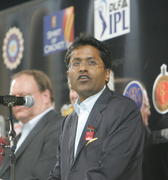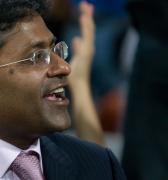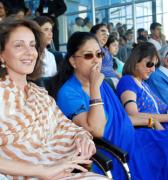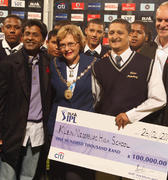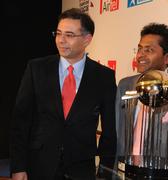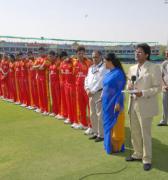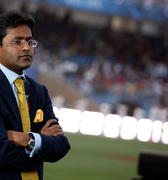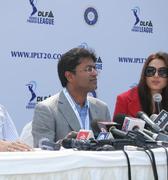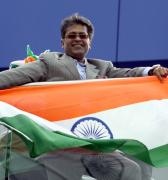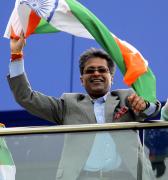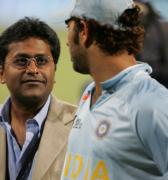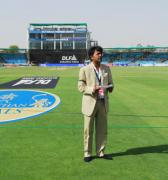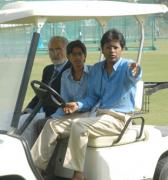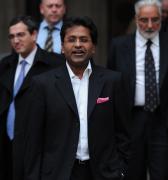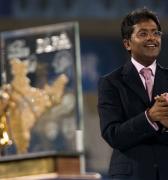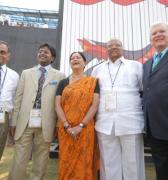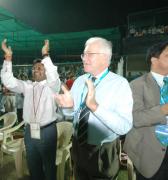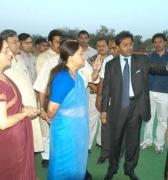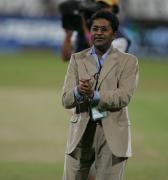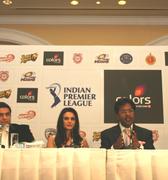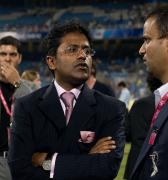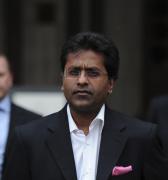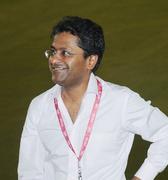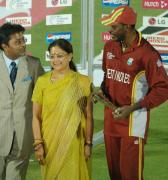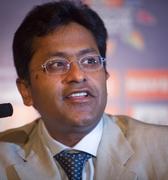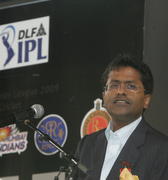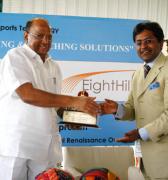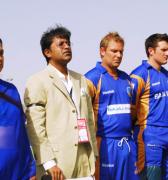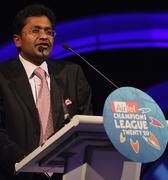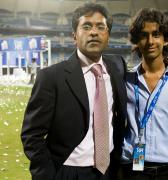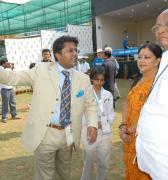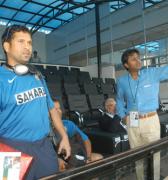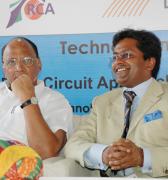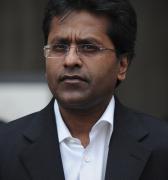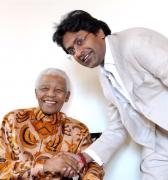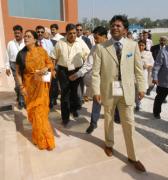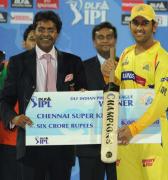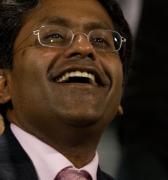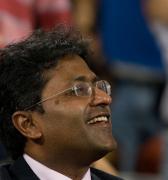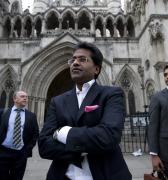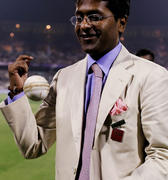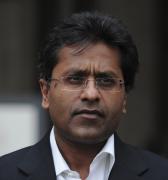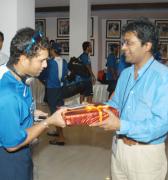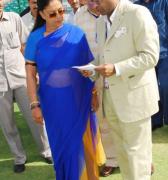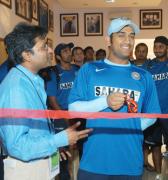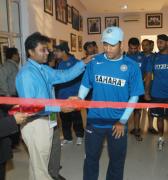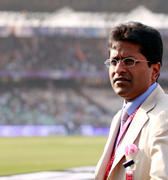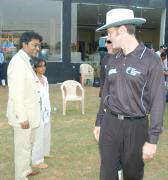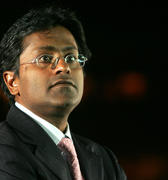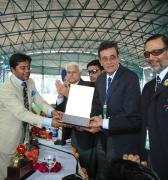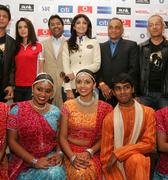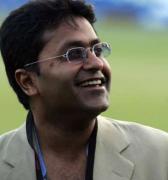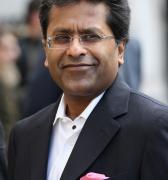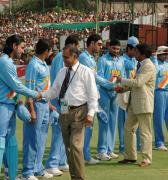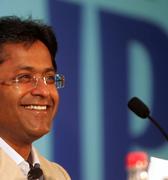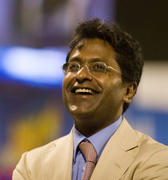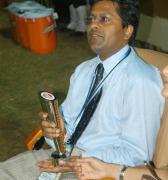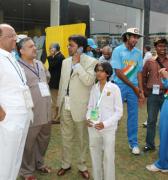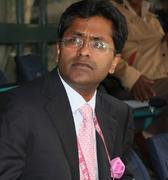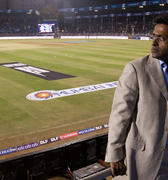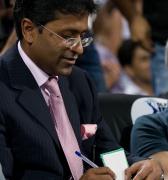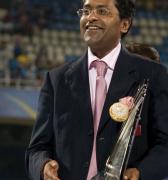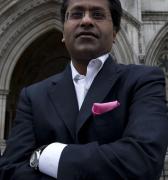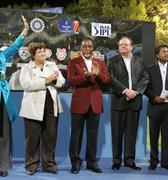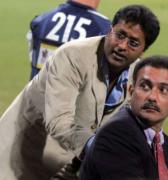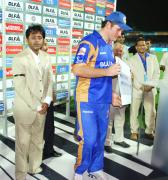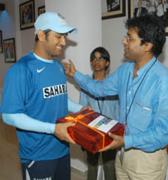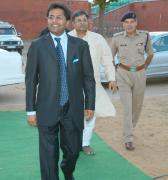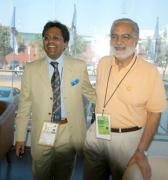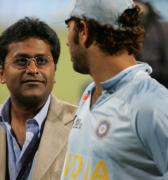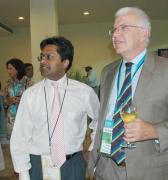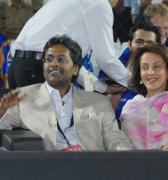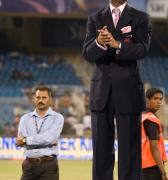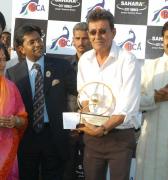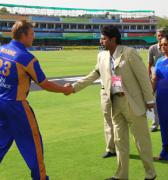BCCI supposed to pay cricketers 26% of broadcast revenue, gives 8%
The 26% revenue-sharing formula was cleared by a resolution passed by the BCCI general body in 2001
NEW DELHI: Is Board of Control for Cricket in India (BCCI) short-changing Indian cricketers on their share of earnings from broadcast rights? Players are eligible to receive 26% of BCCI's gross revenue from broadcast rights. But in reality, the Supreme Court-appointed committee of administrators (CoA) has discovered, Indian cricketers get just about 8% about BCCI's gross revenue as salaries and bonuses.
The 26% revenue-sharing formula was cleared by a resolution passed by the BCCI general body in 2001, which was finally put into place in 2004 by BCCI president Jagmohan Dalmiya after prolonged discussions with senior players led by Anil Kumble and Rahul Dravid. This 26% is meant to be split three ways -- 13% for international players, 10.6% for domestic players and the rest for women and juniors.
However, sources told TOI that BCCI doles out 70% of its gross revenue to state associations. It pays the players 26% of the remaining 30% of gross revenue, rather than 26% of the full gross revenue. The amount left over is used for stadium construction, infrastructure maintenance and running of the board administration.
The Supreme Court-appointed committee of administrators has also found that the players are paid a meagre percentage of earnings from sponsorship rights and for participating in ICC events. "The CoA has been trying to change the formula for a long time to give players more, but the members are not willing. The cricketers are making a small share. The bigger problem is that the board members who are spending the 70% are unwilling to share details with the CoA. Whenever the CoA points fingers at them, they keep saying that it their money," a top source told TOI on Sunday.
BCCI is meant to deduct only the production cost to arrive at its gross revenue, and the players are meant to get a share of that figure. But the board subtracts 70% — after deducting the production cost — and this considerably lowers the "gross revenue" of which the players are to get 26%.
Revenue from the IPL is not part of the gross revenue from which the players' share is calculated. It, too, is distributed to state associations.
When TOI tried to contact BCCI secretary Amitabh Choudhary, he wasn't available for comment.
The income from media rights has risen sharply over the years but the cricketers haven't gained in proportion. As coach of the Indian team, Kumble tried to regularise the formula, which apparently didn't go down well with the BCCI general body.
A top source revealed that the CoA's hands are tied because the decision to dole out cricketers' salaries from the gross revenue is a general body decision and, till a BCCI special general meeting doesn't take a call, this discrepancy cannot be rectified. Further, till an SGM decides the payment structure, the annual contracts of players, selectors, coaches and support staff -- which are renewed during the annual general body meeting -- cannot be looked at, the source said. The Indian team's contracts ran out on September 30 this year. Right now, the men in blue are playing without contracts.
When TOI reached out to top board officials, they agreed that players weren't being paid as per the formula defined by the BCCI general body resolution. But they argued that a player like Virat Kohli can earn nearly Rs 200 crore per year from BCCI, the IPL and endorsement contracts. However, of the 100-odd Indian cricketers in the IPL, only 15 to 20 are in the crorepati club; most fall in the Rs 10 lakh and Rs 20 lakh categories.
"If cricketers are paid as per the original ratio, they could be banned from doing personal endorsements, like the Australian cricketers. If today the top cricketers are making between Rs 100 crore and Rs 150 crore per year through endorsements, it is because there is no restriction from BCCI," a top board official said, adding that the state bodies would not agree to give India's cricketers more money.
Sources said the current BCCI regime has again worked out the same ratio (26% of 30%) for cricketers this year, which is yet to be cleared formally by the BCCI finance committee. But the CoA isn't on the same page with board officials. According to sources, the CoA wants a formal adoption of a new "Fund Disbursement Policy" that will take care of cricketers' demands for pay hikes.
"One of the recommendations of the Hon'ble Justice Lodha Committee, which has been accepted by the SC, is that disbursement of funds by BCCI for cricket development need not be uniform but can depend on need, infrastructure and other relevant criteria, formalised as a clear and equitable policy to incentivise members to develop the sport," CoA had written to board members in June this year. But this appears to have been ignored by the board because it has not been discussed at any SGM since June.
Is Board of Control for Cricket in India (BCCI) short-changing Indian cricketers on their share of earnings from broadcast rights? Players are eligible to receive 26% of BCCI's gross revenue from broadcast rights.
But in reality, the Supreme Court-appointed committee of administrators (CoA) has discovered, Indian cricketers get just about 8% about BCCI's gross revenue as salaries and bonuses.The 26% revenue-sharing formula was cleared by a resolution passed by the BCCI general body in 2001, which was finally put into place in 2004 by BCCI president Jagmohan Dalmiya after prolonged discussions with senior players led by Anil Kumble and Rahul Dravid.
This 26% is meant to be split three ways -- 13% for international players, 10.6% for domestic players and the rest for women and juniors.However, sources told TOI that BCCI doles out 70% of its gross revenue to state associations. It pays the players 26% of the remaining 30% of gross revenue, rather than 26% of the full gross revenue.
The amount left over is used for stadium construction, infrastructure maintenance and running of the board administration.The Supreme Court-appointed committee of administrators has also found that the players are paid a meagre percentage of earnings from sponsorship rights and for participating in ICC events.
"The CoA has been trying to change the formula for a long time to give players more, but the members are not willing. The cricketers are making a small share. The bigger problem is that the board members who are spending the 70% are unwilling to share details with the CoA. Whenever the CoA points fingers at them, they keep saying that it their money," a top source told TOI on Sunday.
BCCI is meant to deduct only the production cost to arrive at its gross revenue, and the players are meant to get a share of that figure. But the board subtracts 70% — after deducting the production cost — and this considerably lowers the "gross revenue" of which the players are to get 26%.
Revenue from the IPL is not part of the gross revenue from which the players' share is calculated. It, too, is distributed to state associations.When TOI tried to contact BCCI secretary Amitabh Choudhary, he wasn't available for comment.The income from media rights has risen sharply over the years but the cricketers haven't gained in proportion.
As coach of the Indian team, Kumble tried to regularise the formula, which apparently didn't go down well with the BCCI general body.A top source revealed that the CoA's hands are tied because the decision to dole out cricketers' salaries from the gross revenue is a general body decision and, till a BCCI special general meeting doesn't take a call, this discrepancy cannot be rectified.
Further, till an SGM decides the payment structure, the annual contracts of players, selectors, coaches and support staff -- which are renewed during the annual general body meeting -- cannot be looked at, the source said. The Indian team's contracts ran out on September 30 this year. Right now, the men in blue are playing without contracts.When TOI reached out to top board officials, they agreed that players weren't being paid as per the formula defined by the BCCI general body resolution. But they argued that a player like Virat Kohli can earn nearly Rs 200 crore per year from BCCI, the IPL and endorsement contracts. However, of the 100-odd Indian cricketers in the IPL, only 15 to 20 are in the crorepati club; most fall in the Rs 10 lakh and Rs 20 lakh categories.
"If cricketers are paid as per the original ratio, they could be banned from doing personal endorsements, like the Australian cricketers. If today the top cricketers are making between Rs 100 crore and Rs 150 crore per year through endorsements, it is because there is no restriction from BCCI," a top board official said, adding that the state bodies would not agree to give India's cricketers more money.Sources said the current BCCI regime has again worked out the same ratio (26% of 30%) for cricketers this year, which is yet to be cleared formally by the BCCI finance committee. But the CoA isn't on the same page with board officials. According to sources, the CoA wants a formal adoption of a new "Fund Disbursement Policy" that will take care of cricketers' demands for pay hikes.
"One of the recommendations of the Hon'ble Justice Lodha Committee, which has been accepted by the SC, is that disbursement of funds by BCCI for cricket development need not be uniform but can depend on need, infrastructure and other relevant criteria, formalised as a clear and equitable policy to incentivise members to develop the sport," CoA had written to board members in June this year. But this appears to have been ignored by the board because it has not been discussed at any SGM since June.
(Courtesy: The Times of India)




